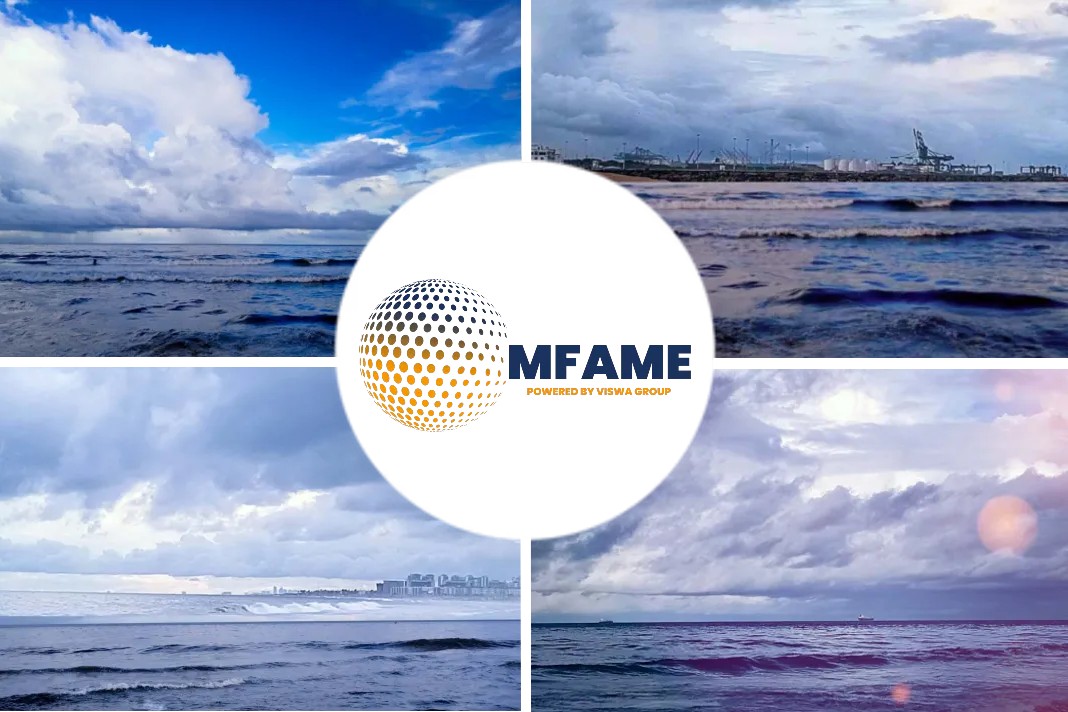
A congressionally authorized program to recruit private ships to assist the federal government was expanded at US Transportation Command’s request, reports Breaking Defense.
Moving fuel in and around the Indo-Pacific
The commander of US Transportation Command says her agency is working on finding and recruiting 10 additional tanker vessels, especially those that can operate in shallower water, as part of a congressionally authorized program to boost the Defense Department’s ability to move fuel in and around the Indo-Pacific.
“We are concerned about fuel tanker vessels and not having enough US-flagged vessels to meet our requirements,” Gen. Jacqueline Van Ovost, the four-star Air Force general overseeing US TRANSCOM, said during a Brookings Institute event on Tuesday. Van Ovost referenced the newly established Tanker Security Program and said America can now lean on 10 US-flagged and -manned merchant marine tankers, but she wants to double that.
“We’re working on the next 10 as well to be able to assuredly move fuel inside the first and second island chain” stretching west of Guam to international waters off China, where shallow drafts prevent access for vessels already available to the command.
Tanker Security Program
Lawmakers initially authorized the Tanker Security Program in the Fiscal Year 2021 National Defense Authorization Act to give the Pentagon and the Maritime Administration (MARAD), a Transportation Department agency focused on civilian shipping, the flexibility to boost the military’s capacity for auxiliary vessels designed to move large amounts of fuel.
Through the program, MARAD pays stipends to the owners of privately-owned, militarily useful ships and, in exchange for the payment, those ships’ owners agree to assist the federal government if called upon.
The initial program directed the agencies to find and recruit 10 vessels, the capabilities of which have focused on establishing “consolidation stations to support underway refueling of the US Navy’s combat fleet,” a command spokesman told Breaking Defense on Wednesday.
“Authorized to begin this October, the [next 10] will target smaller, shallower draft tanking vessels to increase options for bulk fuel distribution across Indo-Pacific [area of responsibility], across all operational phases,” he said.
The spokesman added that lawmakers expanded the program from 10 to 20 ships at US TRANSCOM’s request “to increase assured intra-theater port access.”
But before TRANSCOM and MARAD can sign any contracts with ship owners, the congressional language directs the agencies to provide lawmakers with a report outlining “industry’s capacity” to support the program, the implementation timeline for bringing 20 vessels into the program by October 2024 and an assessment of whether a $6 million per-vessel stipend will be sufficient to attract participants.
Shortfall in auxiliary vessels
The Pentagon’s shortfall in auxiliary vessels, such as tankers, and other sealift-oriented ships has been a longstanding concern for US TRANSCOM and Van Ovost’s predecessors. In 2020, then-US TRANSCOM chief Army Gen. Stephen Lyons issued a dire warning to lawmakers about the potential for a full-blown crisis in the Pentagon’s sealift capacity by 2025 if the status quo was not changed.
Since then, lawmakers have taken a series of steps to head off the problems Lyons predicted, such as the Tanker Security Program, and one of the Navy’s senior admirals overseeing logistics has said he believes the service has made “tremendous progress” in recapitalizing its sealift fleet.
Still though, the current MARAD chief has said there’s little more room for error.
“We’re moving forward… with all best speed to execute the vessel acquisition manager program,” MARAD Administrator Ann Phillips, who is also a retired Navy admiral, said in April, referring to a key effort that features industry helping the government scout out and purchase potentially useful sealift vessels. “But we can’t afford a lapse. I’ll be honest there. Any hesitation and we’re going to start to slip backwards.”
Did you subscribe to our newsletter?
It’s free! Click here to subscribe!
Source: Breaking Defense















